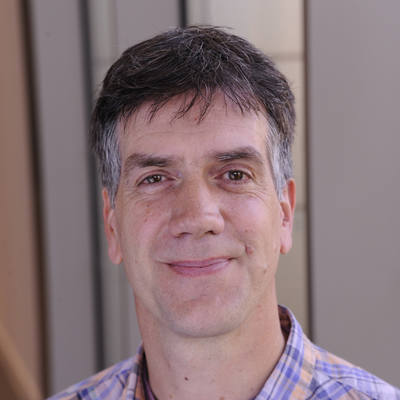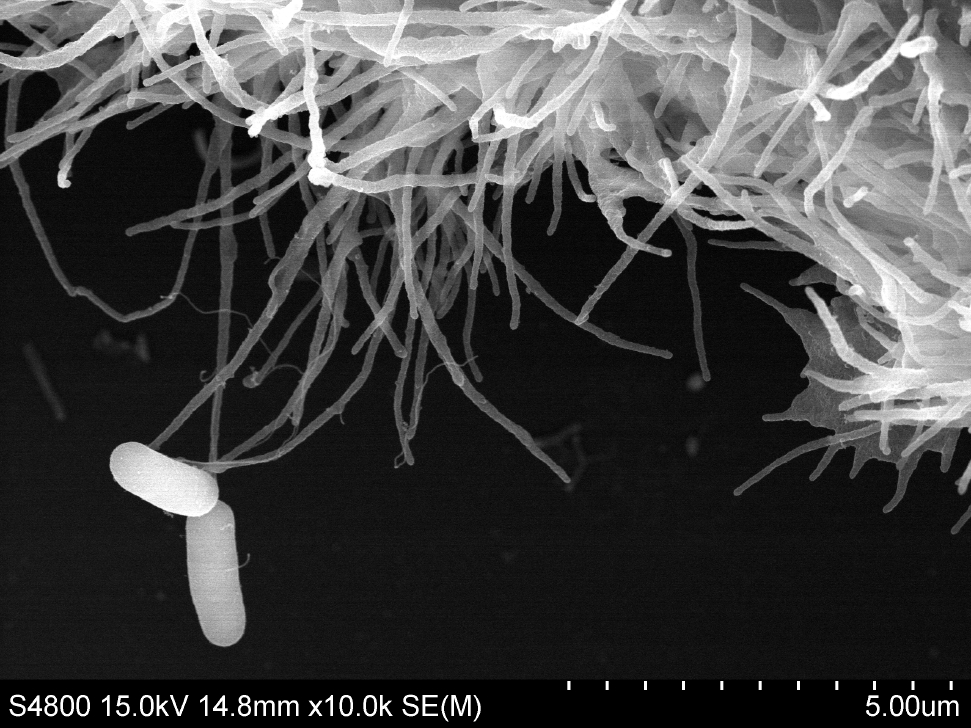
Mr David Goulding
Electron and Advanced Light Microscopy Manager
Electron and Advanced Light Microscopy
Electron Microscopy (EM) is enjoying a renaissance and has become a popular and powerful tool world-wide for supporting functional genomics studies. David has expertise and experience in development and design of ultrastructural preservation techniques for electron microscopy, including fine structure immunocytochemistry, and also 3D confocal imaging of in vitro infection models using intestinal organoids. He studies pathogen virulence factors and interactions with host cells, applying analysis of phenotype in combination with, for example RNAseq data, to dissect microbial function. He designed, implemented and manages the newly designed Electron and Advanced Light Microscope facility located within PaM in E208 and E209 in the Sulston Building. The suites house Transmission EM, Scanning EM, Confocal, Multiphoton, Digital Light Sheet and Microinjection microscopes together with a variety of visualisation and analysis software systems and supporting apparatus for sample processing with particular specialisation in cryopreservation.
David is currently developing a convenient, semi-automated, 2-stage imaging pipeline for studying alterations in phenotype between bacterial strains, and their influence on interactions with the host. Firstly, SEM is employed as a precursory “quick look” tool for high resolution analysis of cell to cell interactions and surface structures, such as LPS, fimbriae and secretory products. Secondly, a more detailed look utilising high pressure freezing and TEM is applied to reveal in vivo-like preservation of more labile structures, for example bacterial capsules and biofilms, and for immunoEM localisation.

“First Look” SEM image – Salmonella Typhimurium infecting HEp-2 cells.
David provides training and advice on use of all the available platforms and actively encourages collaborative research with PaM teams. Systems are also accessible to non-PaM users across campus.